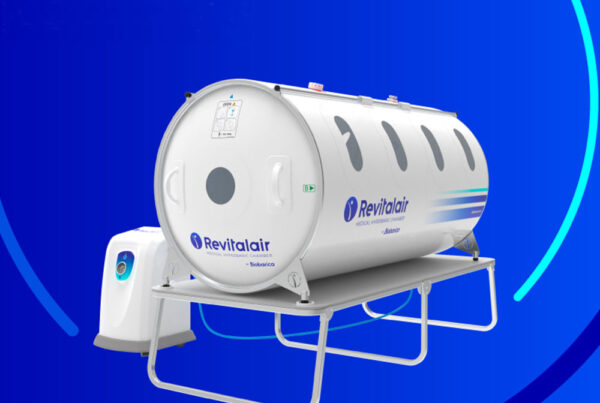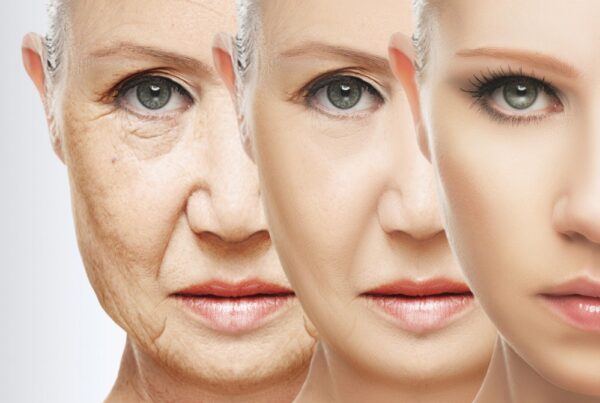Yes, no one size fits all and the unfolding Covid calamity remains mysterious and inexplicable.
The management of the pandemic calls for creative and ongoing research. Hyperbaric Oxygen Therapy (HBOT) is amongst this new research – undoubtedly driven by the fact that until recently, there have been very few therapeutic options for this highly contagious infection.
Here is how it works…
Covid-19 can cause neuro-inflammation, a cause of local hypoxia (where not enough oxygen makes it to the cells and tissues), specifically neurological hypoxia.
Hyperbaric oxygen allows for greater levels of oxygen to pass through the inflamed lung tissue into the blood stream, thereby directly treating the hypoxemia.
Refractory hypoxemia
A Cytokine storm – where the body starts attacking its own cells and tissues rather than fighting off the virus, usually happens around day 6 of the virus. This cytokine storm can lead to severe Adult Respiratory Distress Syndrome (ARDS) and profound hypoxemia.
One of the most debated studies, is a Chinese report issued by the Department of Hyperbaric Oxygen in Wuhan, that successfully carried out HBOT treatment in 5 COVID-19 patients (2 critical and 3 severe) which achieved significant results to help combat progressive hypoxemia (low blood oxygen levels) that COVID-19 can cause.
Hyperbaric oxygen allows for greater levels of oxygen to pass through the inflamed lung tissue into the blood stream, thereby directly treating the hypoxemia. According to the evaluation, results included rapid relief of hypoxic symptoms, rapid correction of hypoxemia, general condition reversal, improved lung tissue inflammation, improving tissue cell oxygen uptake and many more. It is important however to know that HBOT is the symptomatic treatment of hypoxia in COVID-19 patients and that it is a supplement to the existing oxygen treatment technology
There are multiple voices advocating for the use of adjunctive HBOT in the fight against COVID-19, yet there is still a long way to go before clinical research meets all necessary evaluation, however preliminary results are optimistic.
Furthermore there seems to be a global consensus to recognize that HBOT might prove vital for future COVID-19 treatments.
Treating active COVID-19 patients have practical restrictions especially when it comes to infection control. The European Committee for Hyperbaric Medicine has published an official position statement regarding primary guidelines for infection control (http://www.echm.org).
COVID-19 can cause neuro-inflammation, a cause of local hypoxia, specifically neurological hypoxia.
One of the options to reverse hypoxia, reduce neuro-inflammation and induce neuroplasticity is hyperbaric oxygen therapy (HBOT).
Recently the internet has been abuzz with new ideas to treat COVID-19, including hyperbaric oxygen (HBO2) therapy, undoubtedly driven by the fact that until recently there have been few therapeutic options for this highly contagious and often lethal infection. . . . Refractory hypoxemia is certainly treatable with hyperbaric oxygen due to the obvious effect of increasing inspired oxygen partial pressure (PO2), the major reason for using HBO2 for its established indications. However, the length of time during which patients can safely be administered HBO2 inside a chamber is limited, due to practical issues of confinement and isolation from other necessary medical interventions, but also because of oxygen toxicity.
Scientists believe these cytokines are evidence of an immune response called a cytokine storm, where the body starts to attack its own cells and tissues rather than just fighting off the virus.
References:
https://carolinefifemd.com/2020/04/04/hyperbaric-oxygen-therapy-for-severe-covid-19-pneumonia/
HBOT for patients with respiratory distress
https://pubmed.ncbi.nlm.nih.gov/32931666/
ECHM Position Statement on the use of HBOT as a treatment for COVID-19 patients





